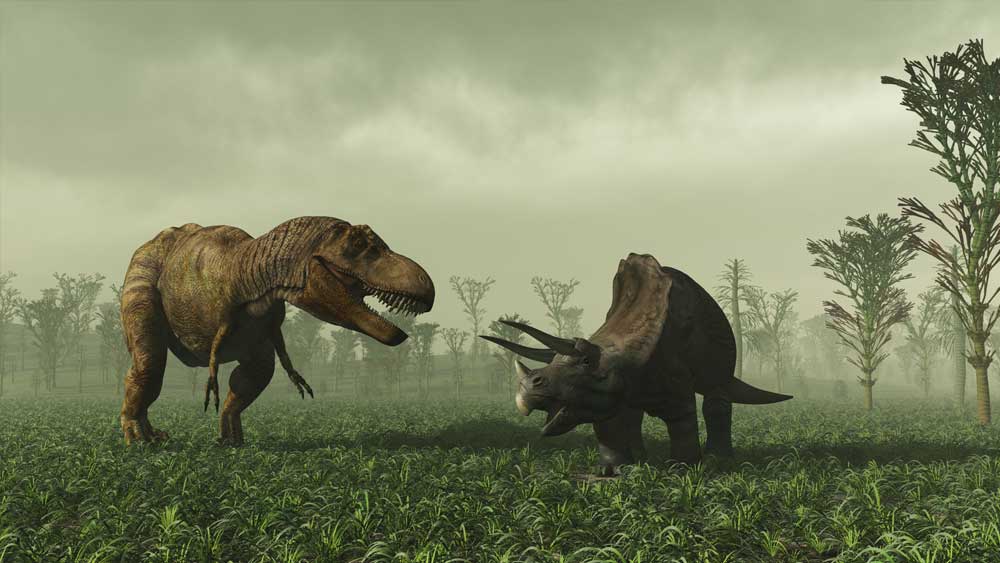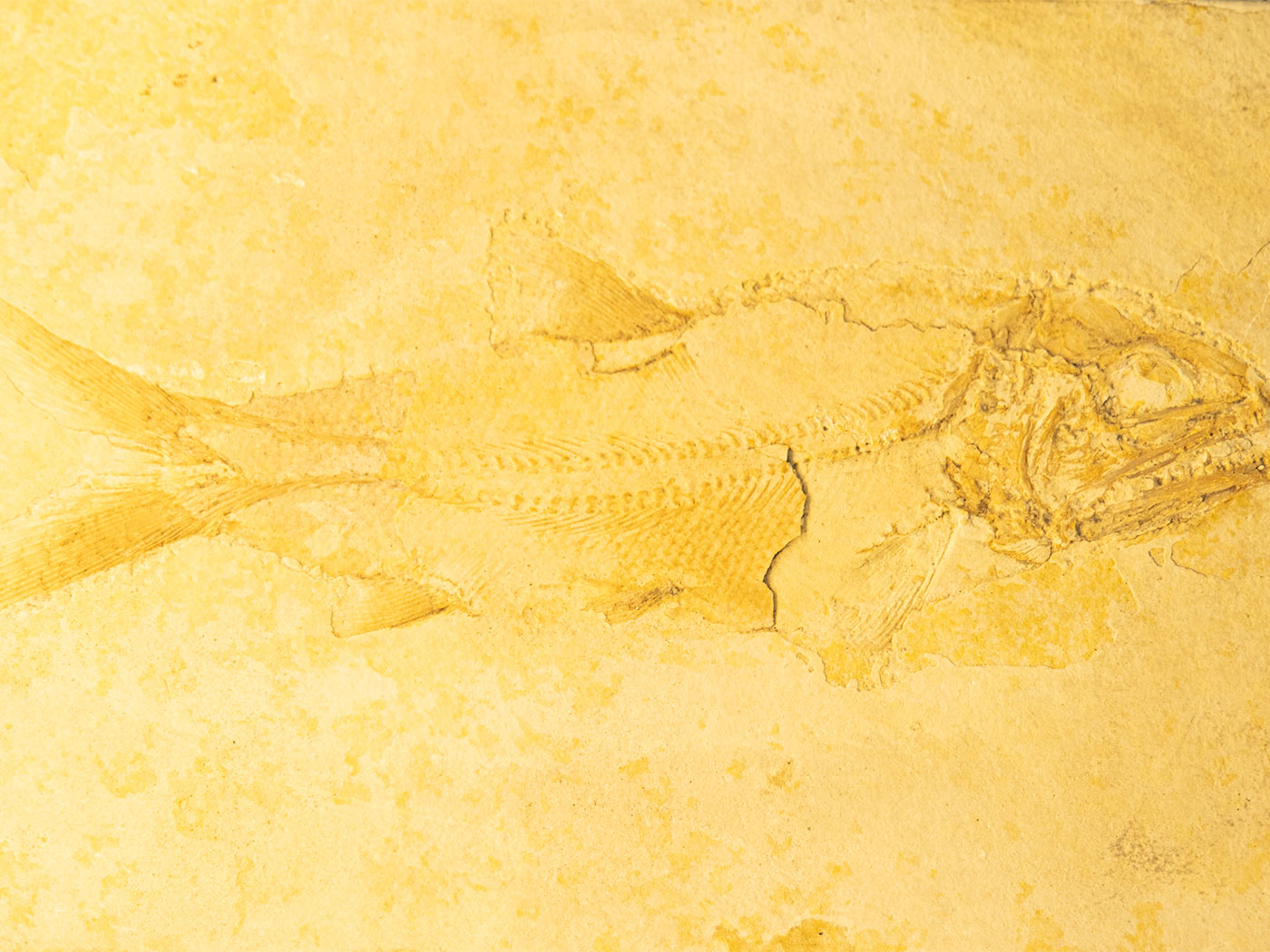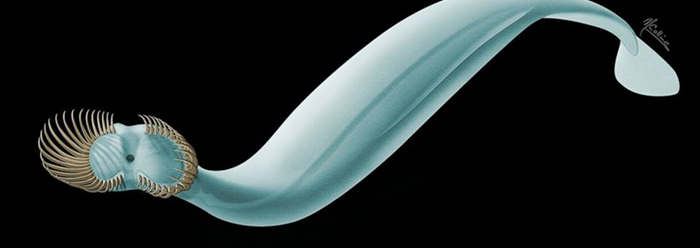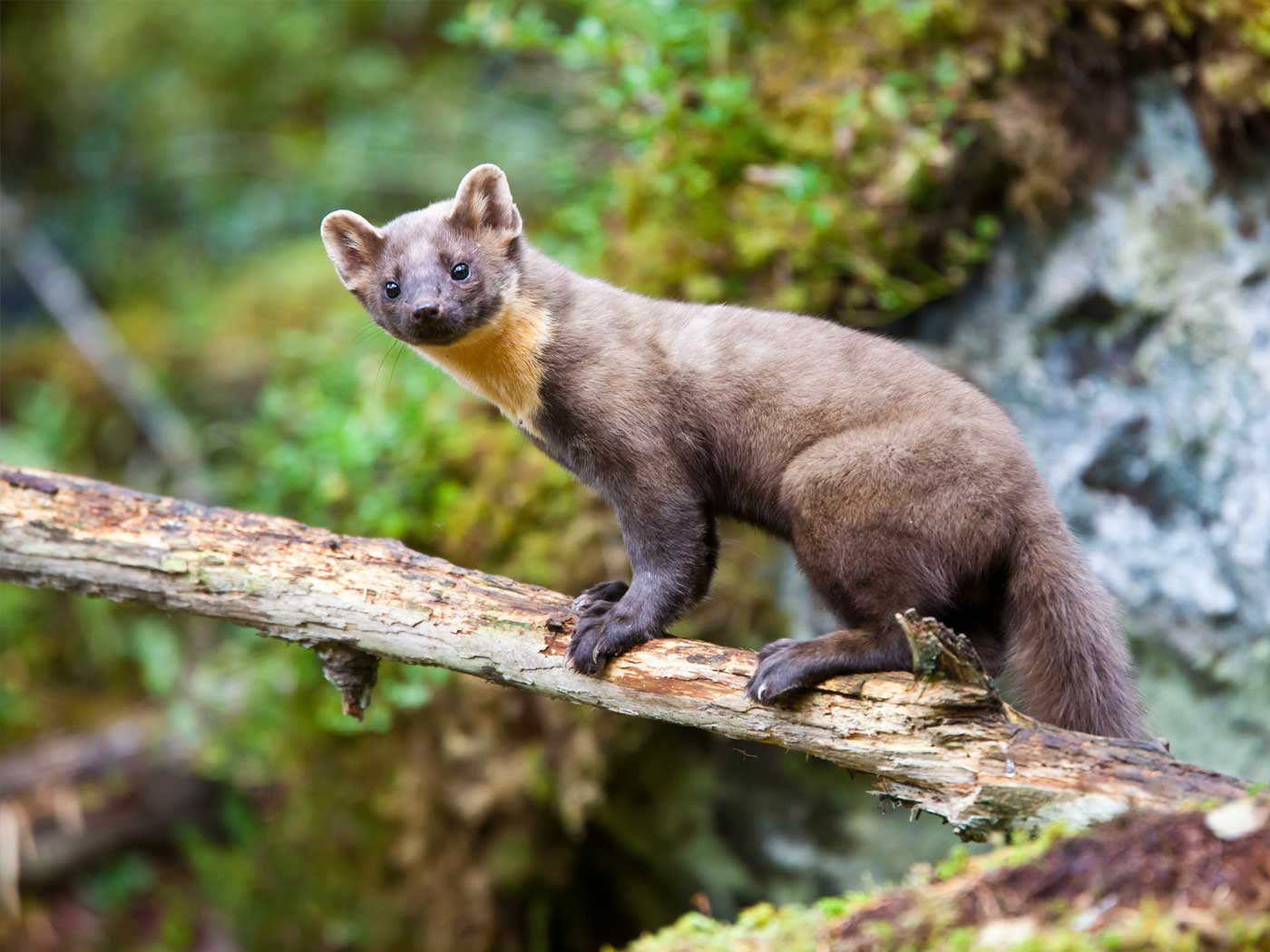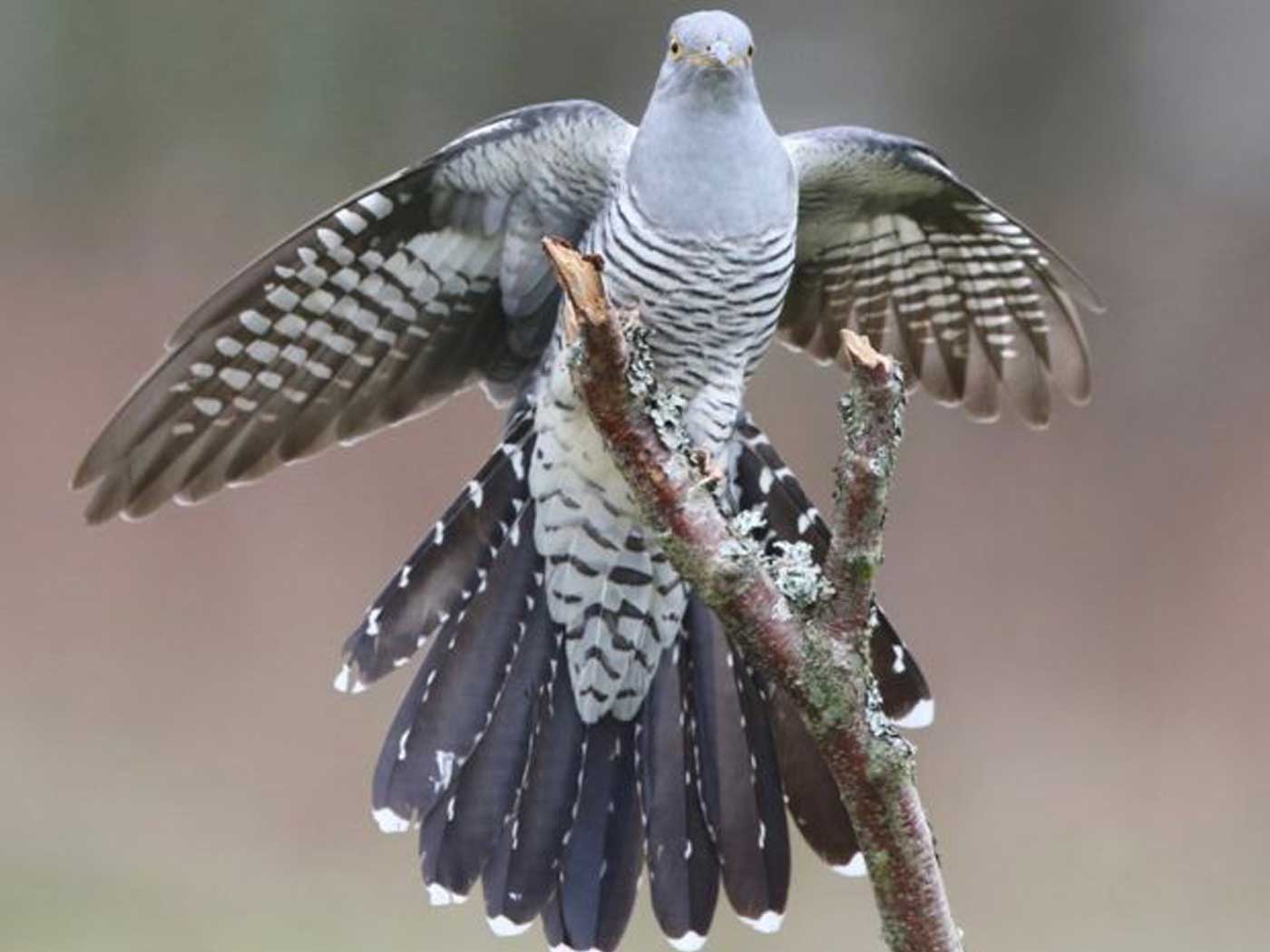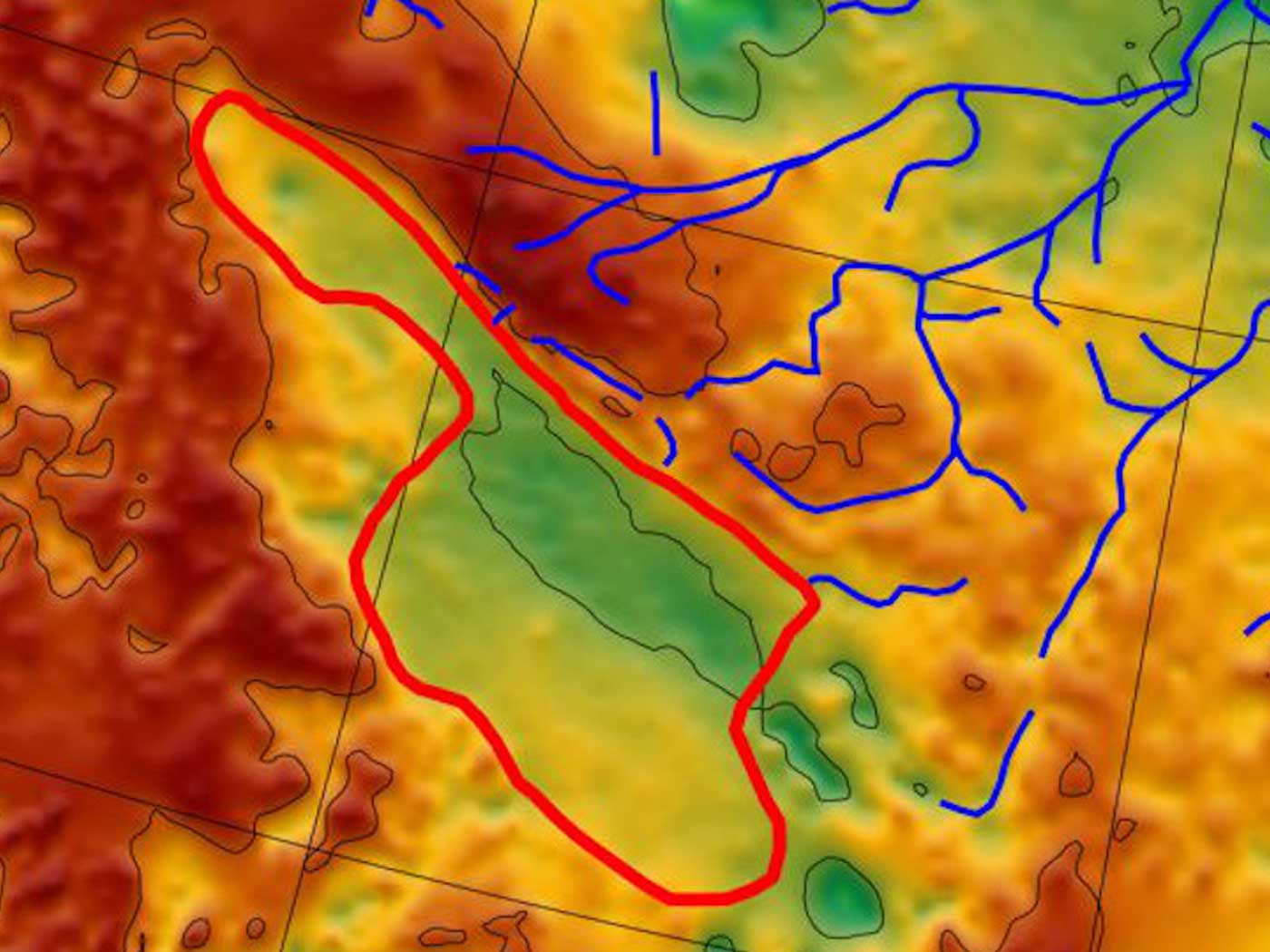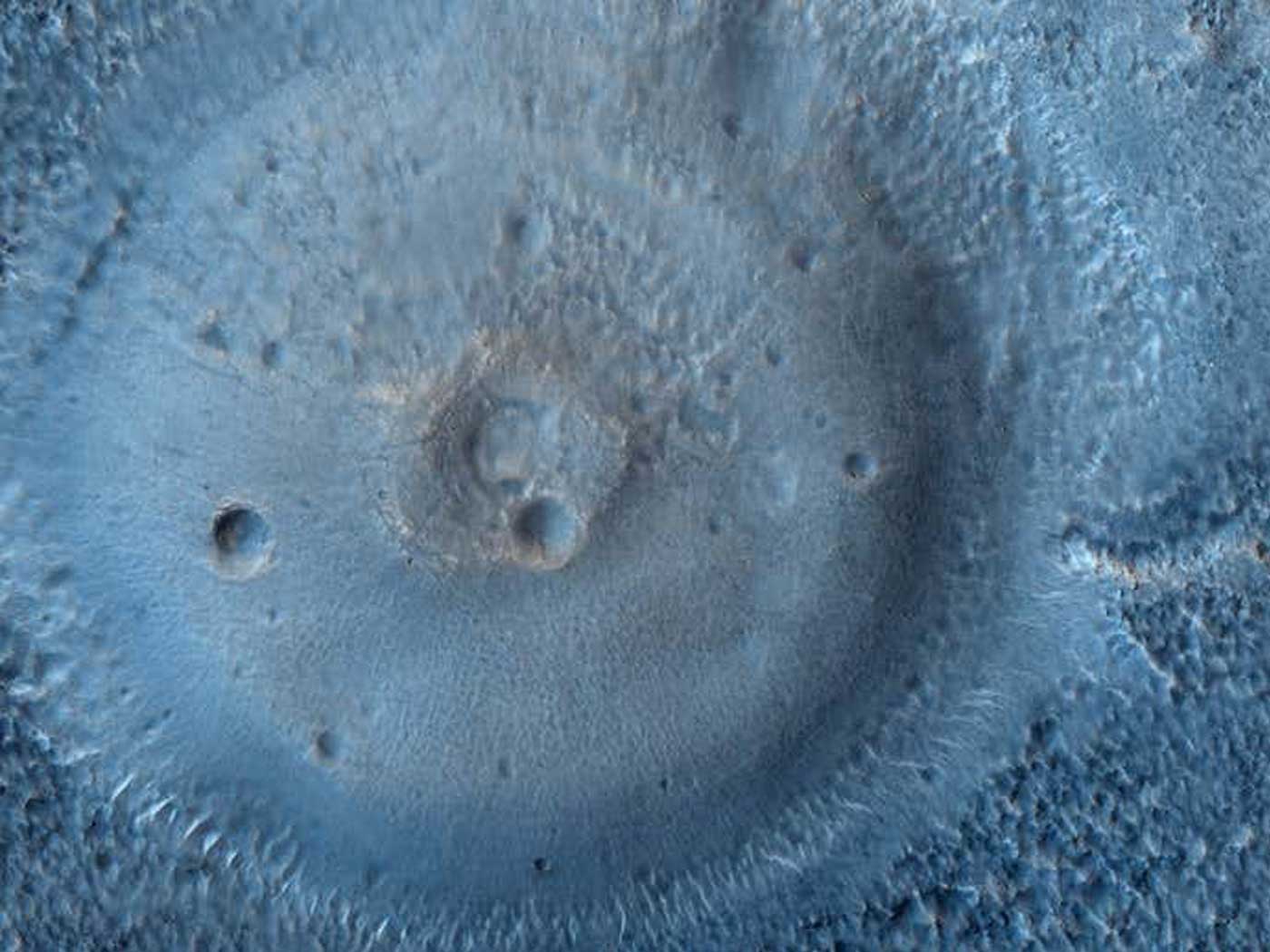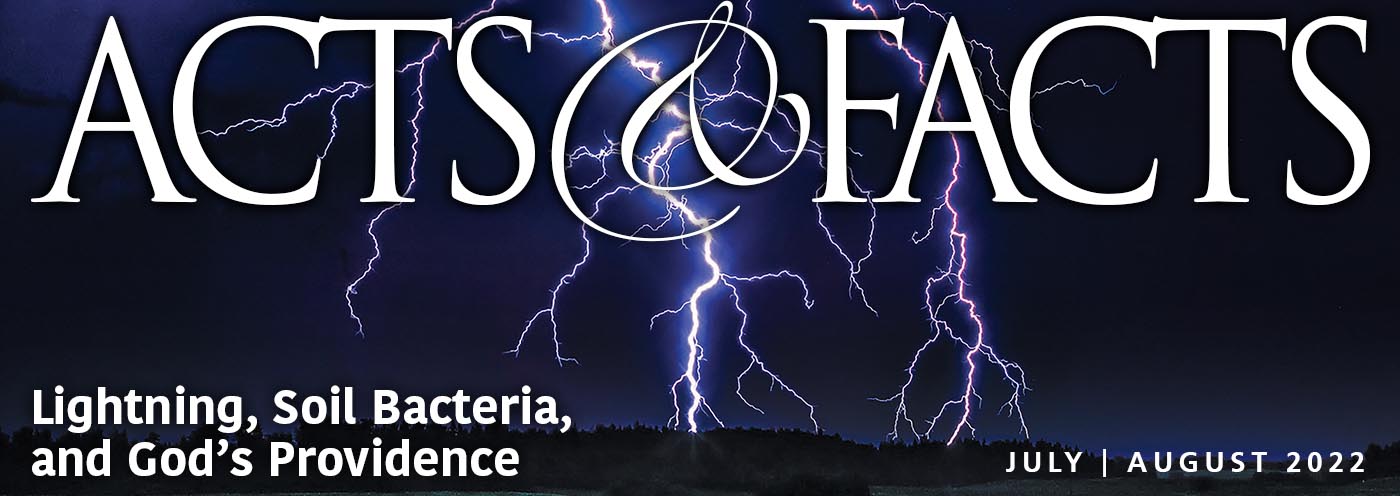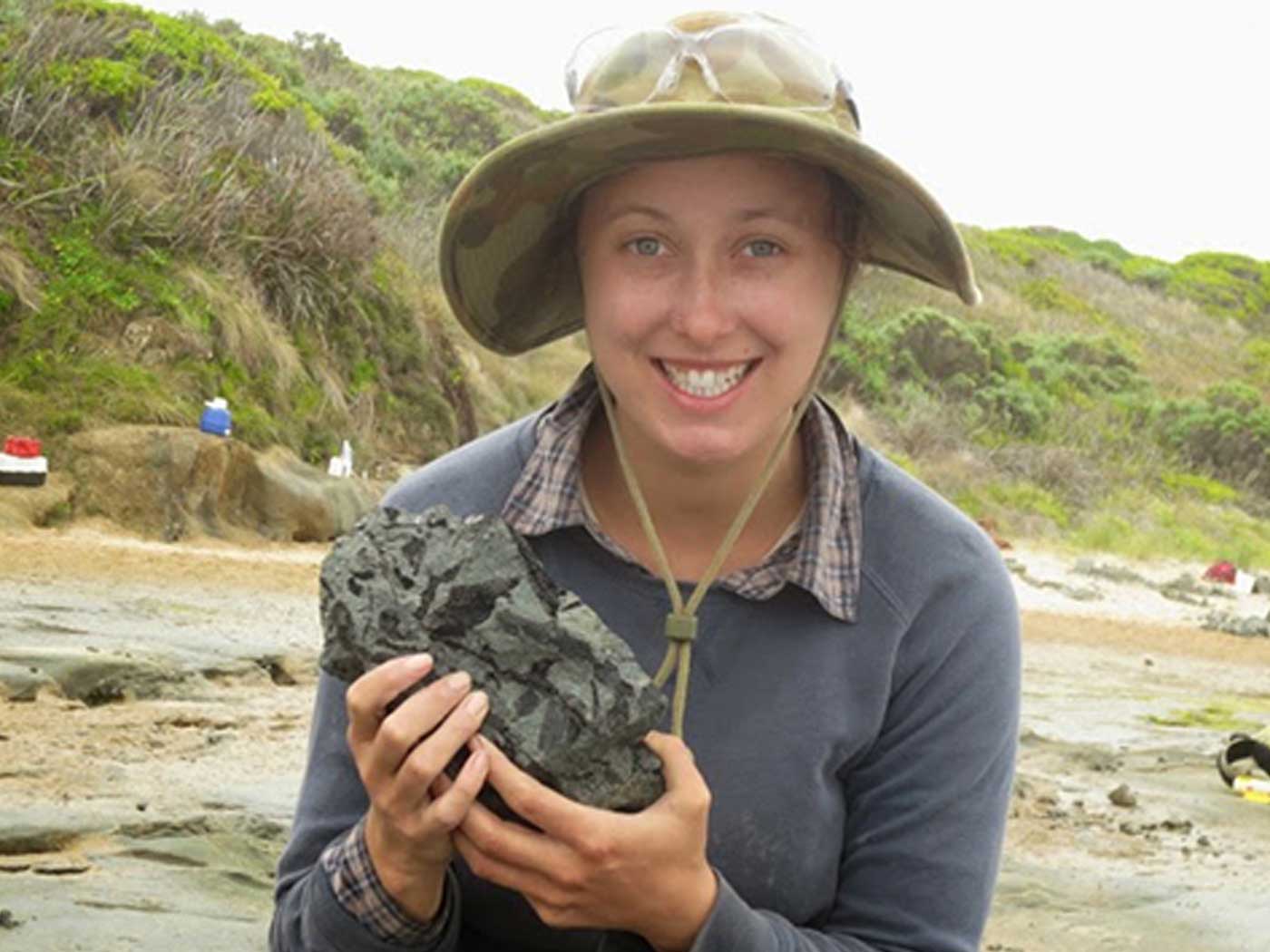T. Alexander Dececchi (from the Department of Biology, Mount Marty College in Yankton, South Dakota) and colleagues from several institutions began their article by stating,
Limb length, cursoriality and speed have long been areas of significant interest in theropod [meat-eater] paleobiology, since locomotory capacity, especially running ability, is critical in the pursuit of prey and to avoid becoming prey.1
However, their current study revealed that long leg length in large dinosaurs does not necessarily equate to high running speeds.
The science team studied 70 theropod dinosaurs, determining their body mass, gait, and limb lengths to determine the top speed of each dinosaur. Their findings showed distinct locomotion differences between small and medium dinosaurs and the larger theropods. They concluded,
The data also shows a significant split between large and small bodied theropods in terms of maximizing running potential suggesting two distinct strategies for promoting limb elongation based on the organisms’ size. For small and medium sized theropods increased leg length seems to correlate with a desire to increase top speed while amongst larger taxa [>2200 pounds] it corresponds more closely to energetic efficiency and reducing foraging cost.1
Co-author of the study, Thomas Holtz, of the University of Maryland Department of Geology said,
The assumption tends to be that animals with adaptations for running, such as long legs, are adapted for a higher maximum speed, but this paper shows that there's more to running than top speed. When you're a bigger animal, those adaptations may also be for endurance and efficiency. It may be about being a marathoner rather than a sprinter.2
The scientists calculated that large walking dinosaurs used less energy cruising around while foraging.2 It appears they fulfilled the part of the “tortoise” and not the “hare.” Walking was more efficient than running for these large animals. Holtz added,
That's actually a very beneficial savings, because predators tend to spend a great deal of their time foraging, searching for prey. If you are burning less fuel during the foraging part of the day, that's an energy savings that dinosaurs with shorter leg forms didn't get.2
Earlier studies of large dinosaur speeds gave mixed results, but found that T. rex was not as fast as often portrayed in movies. R. McNeill Alexander from the University of Leeds, UK used computer models to conclude that an adult T. rex could only walk around at about 5 mph.3 And a more recent study found that T. rex could run or trot only up to a maximum of 18 mph.4
The maximum running speed of large dinosaurs may be still unresolved, partly because we have few running footprints to measure. But this latest study shows that T. rex and other similarly large dinosaurs could walk very efficiently while searching for food. Long legs in massive dinosaurs were clearly designed with a purpose. God had a plan for his marvelous creatures.
References
1. Dececchi, T. A., et al. 2020. The fast and the frugal: Divergent locomotory strategies drive limb lengthening in theropod dinosaurs. PLOS ONE. 15(5): e0223698.
2. Staff, University of Maryland. T. rex's long legs were made for marathon walking. PhysOrg. Posted on phys.org May 13, 2020, accessed May 19, 2020.
3. Clarey, T. 2015. Dinosaurs: Marvels of God’s Design. Green Forest, AR: Master Books, 145.
4. Sellers, W. I. and P. L. Manning. 2007. Estimating dinosaur maximum running speeds using evolutionary robotics. Proceedings of the Royal Society B. 274: 2711-2716.
*Dr. Clarey is Research Associate at the Institute for Creation Research and earned his doctorate in geology from Western Michigan University.




